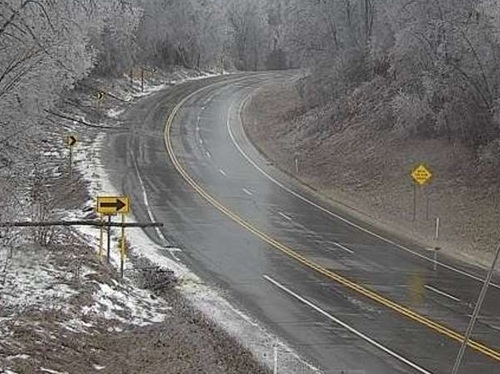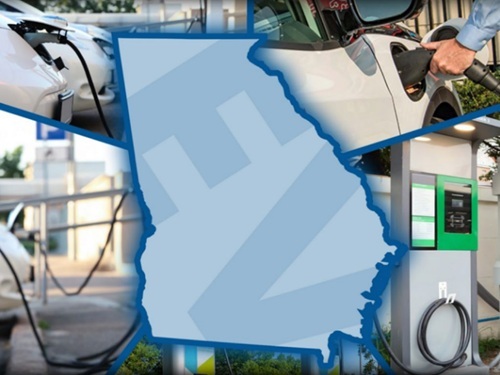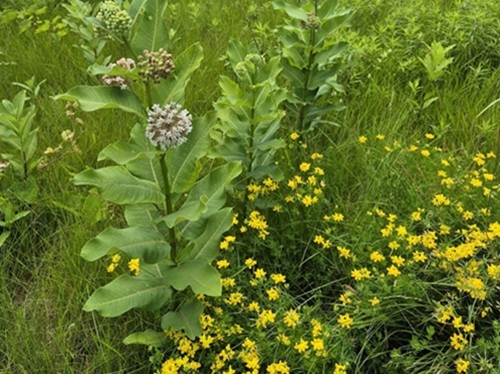The Connecticut Department of Transportation recently highlighted its ongoing efforts to help pollinators thrive along roadway and other rights-of-way it manages statewide as part of National Pollinator Week, held June 16-22 this year.
[Above photo by CTDOT]
Implemented in 2017, the CTDOT pollinator program began with eight sites, encompassing roughly 10 acres. As of 2025, the agency said its pollinator program has grown to 154 conservation areas comprised of approximately 250 acres.
CTDOT noted that the goal of the pollinator program is to provide critical habitats for pollinating insects, such as bees and monarch butterflies, through strategic seeding operations and vegetation management. Those conservation areas are then mowed in the fall, setting the stage for the next growing season.
CTDOT added that its “pollinator corridors,” which bloom in late-June and continue through the summer months, are marked with special conservation area signage as well.
“We’re proud of these continued efforts to help pollinators thrive, by creating safe habitats for them across Connecticut,” said CTDOT Commissioner Garrett Eucalitto in a statement.

Eucalitto – who also serves as the 2024-2025 president of the American Association of State Highway and Transportation Officials, noted that his agency has established such “corridors” near highway ramps, medians, and along roadside shoulders.
“Just as our roads and highways connect people, we’re establishing pollinator corridors to ensure these critical species can travel freely throughout the state and region,” he explained.
Many other state departments of transportation work to support pollinator habitats in a variety of ways.
For example, in January, the Michigan Department of Transportation leveraged a grant to transform a parcel of unused land near an interstate rest area into a 14-acre scenic strip of tallgrass prairie designed to attract pollinators.
The agency-owned parcel is south of the Turkeyville rest area on southbound I-69, just west of the right-of-way, and the goal of this project is to create habitat that serves as a “safe refuge: for pollinators as well as a connector to other suitable habitat in the landscape.
 States
States
Podcast: Flashing LED Lights Can Boost Roadway Safety
December 5, 2025 States
States

